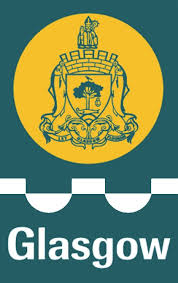Can water from old mine workings heat Glasgow?
The challenge
The extensive abandoned mine workings beneath the City of Glasgow contain large quantities of heat stored in mine-water and rocks. The City of Glasgow and Scottish Power wish to establish whether the heat in these old mine workings can be used for residential and business space heating.
The solution
The British Geological Survey (BGS) interpreted over 50,000 borehole records from the Glasgow area and records of abandoned mines dating back to 1839. Together with data from other disparate sources, these have been synthesised into detailed 3D geological models that enable researchers to predict the geology and depths of abandoned mine workings beneath any point within the City of Glasgow.

Heating homes in Glasgow with water from disused mines is a step closer
A Glasgow Caledonian University team, part-funded by Scottish Power, is now using the BGS data to identify underground reservoirs with the potential to heat homes. The researchers expect to create a blueprint of the whole city within three years. The PhD project will deliver an "Energy Map" by employing a Geographical Information System (GIS) based spatial planning tool to bring together spatial information relating to:
- Supply issues - most promising locations for exploiting energy from water in old, abandoned mine workings.
- Heat demand - domestic, commercial and other developments.
- Electricity demand - to inform Scottish Power's supply grid i.e. locations of major energy loads.
- Opportunities/constraints - development opportunities, flood zones, funding and more.
Resulting benefits
The BGS 3D geological models suggest that about 1% of the heat available can be removed each year, equivalent to at least 40% of Glasgow’s heating demand. It is intended that the current project will assist Glasgow City Council in supporting sustainable development of this resource, and inform investment decisions, projects and initiatives.
Derek Drummond, Sustainable Technology Manager at ScottishPower, said: “This is an excellent project that could prove to be very beneficial for the City and its residents.”
Gordon Matheson, Leader of Glasgow City Council said: 'We want developers and local communities to come forward in the future with projects which could use this new source of heating.'
Future directions
The project aims to provide Glasgow City Council, Scottish Power and others with an opportunity to use the project output to help achieve renewable energy targets initially at local level and later across the whole of the City.
On completion of the project in 2015 we wish to undertake an example demonstration project. It would be desirable to progress this earlier should a suitable development and funding become available.
Over the longer term the aim would be to extend this methodology to national level where appropriate.
Add Pingback






















